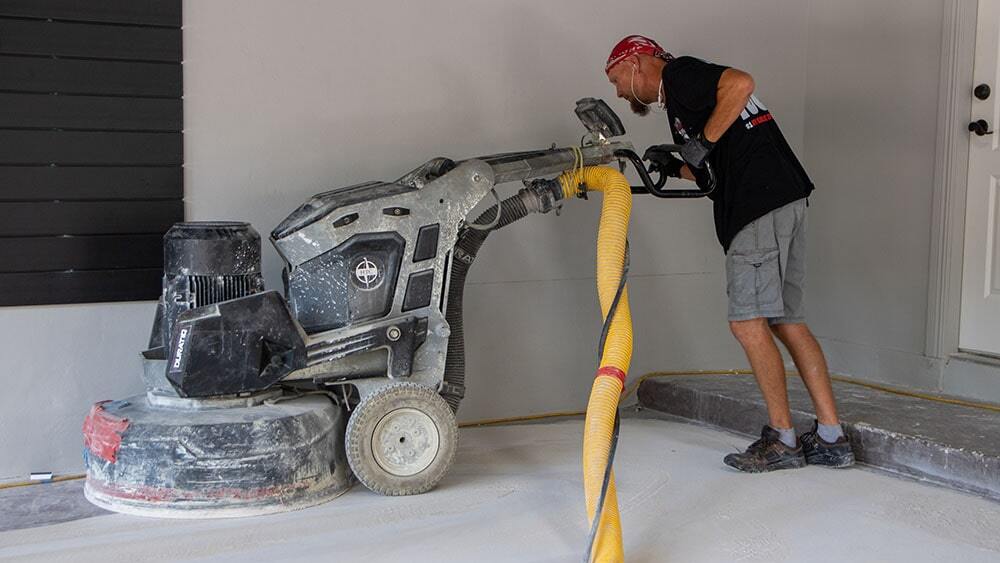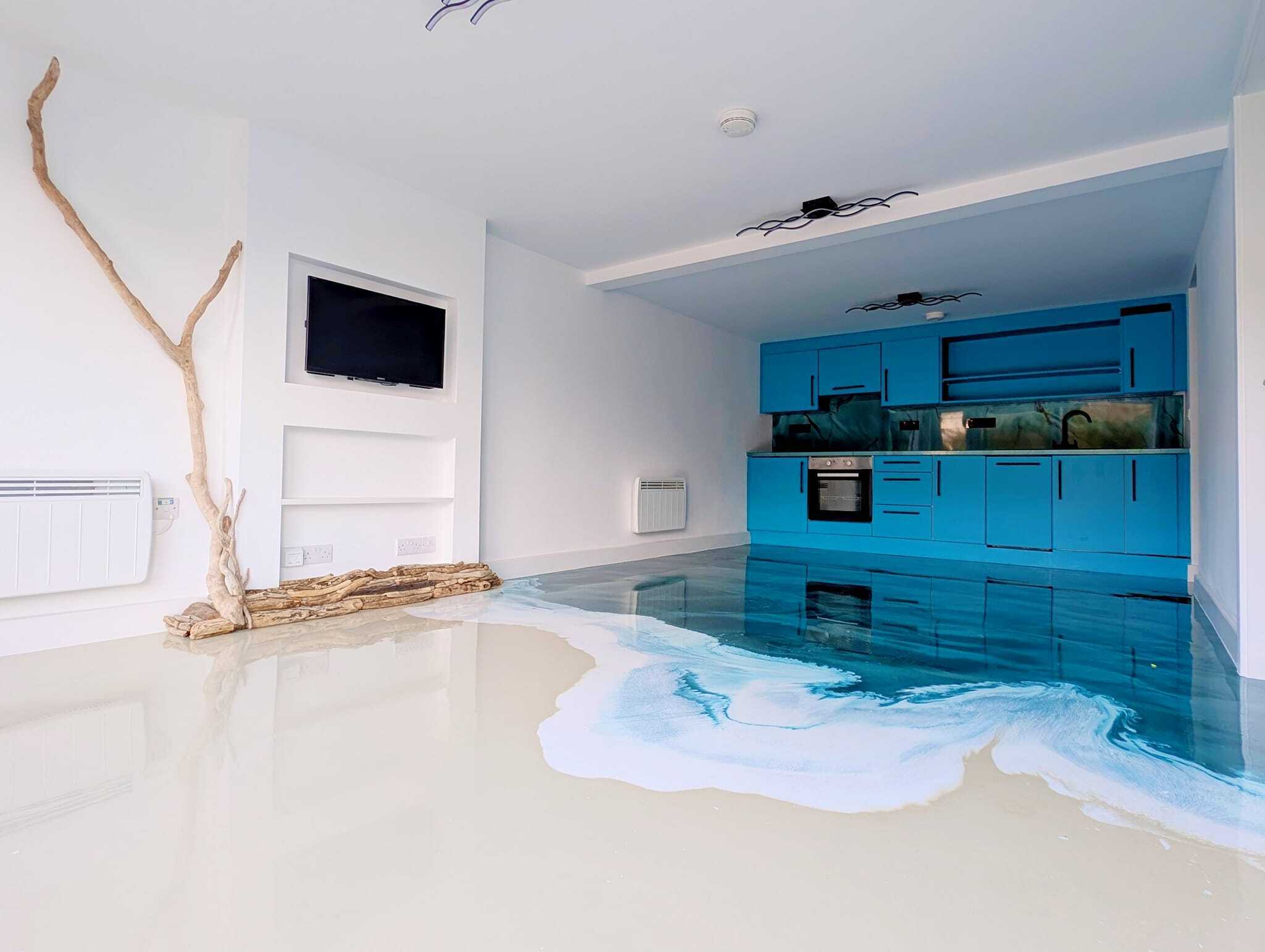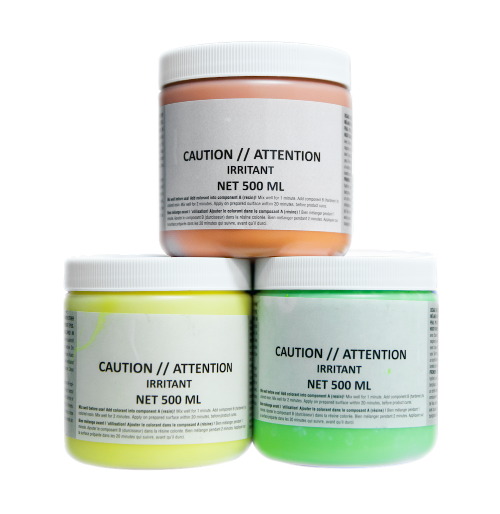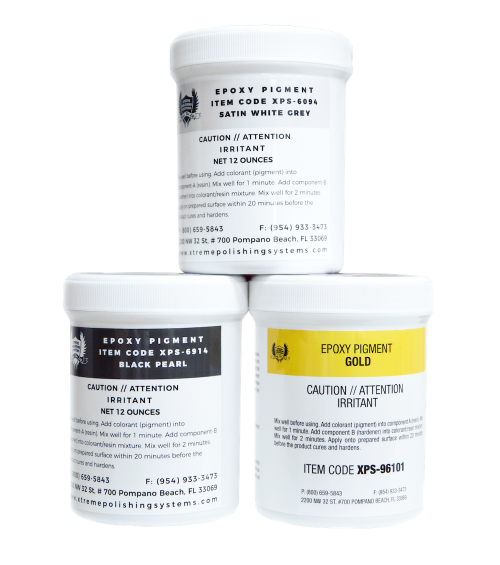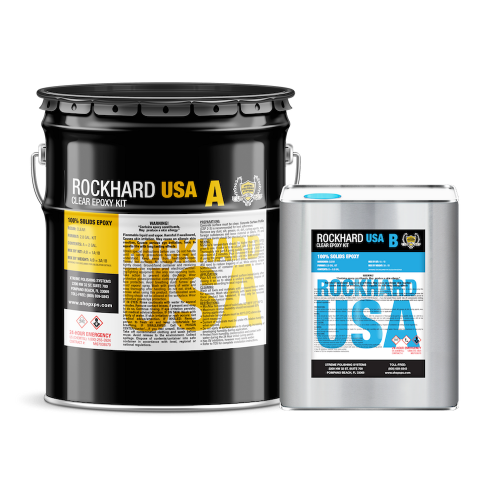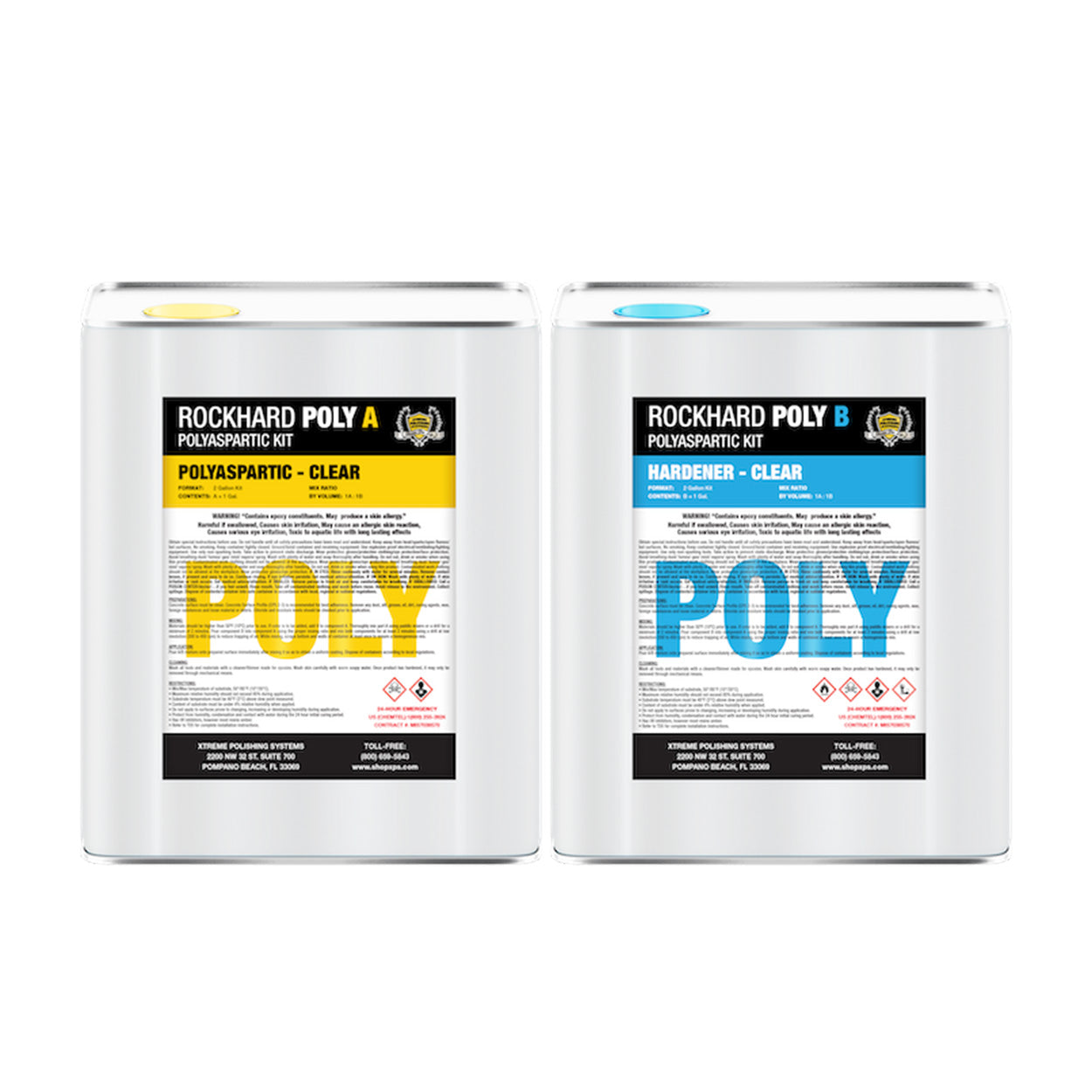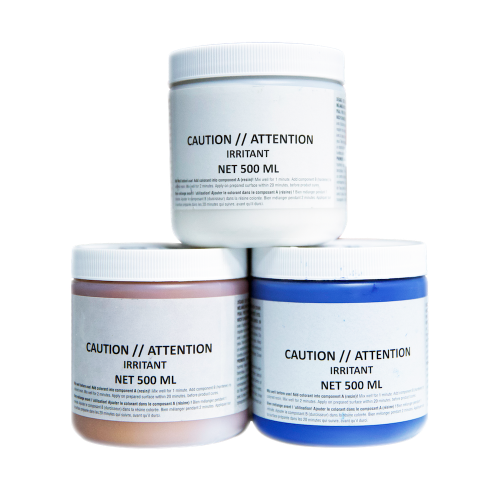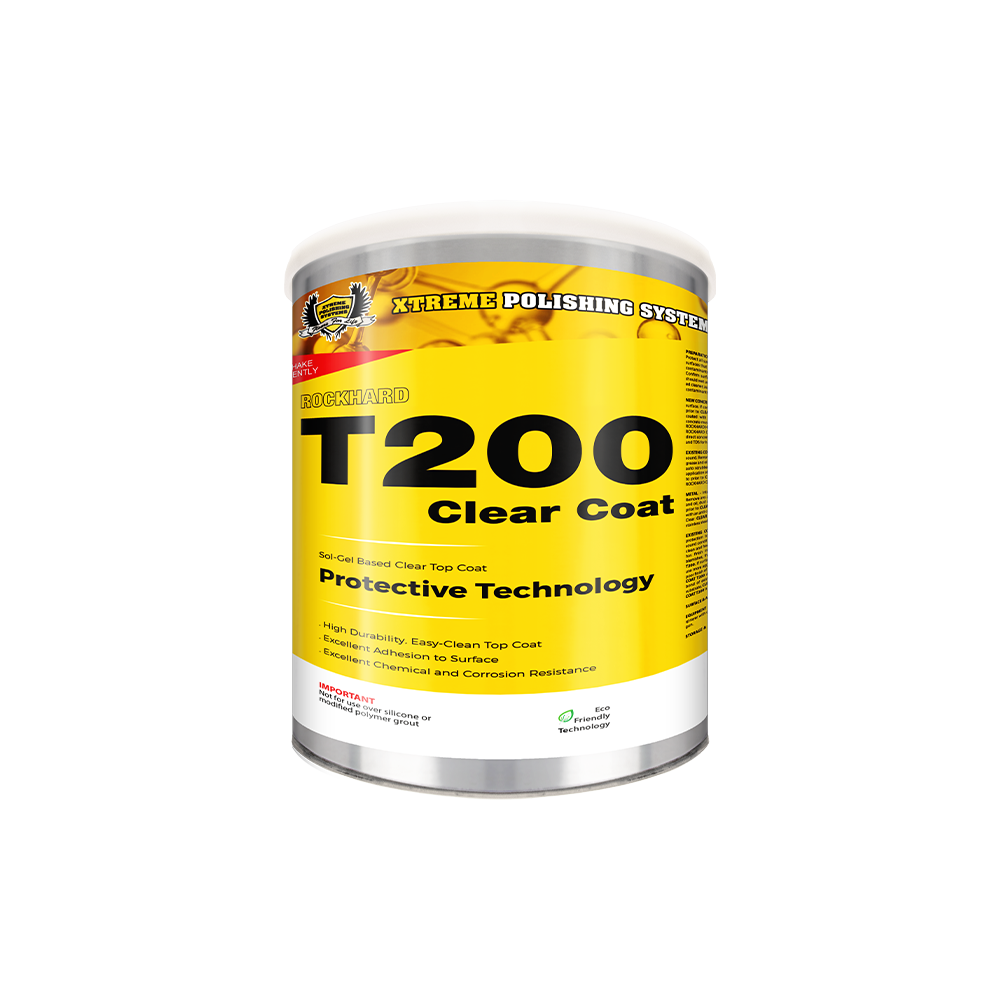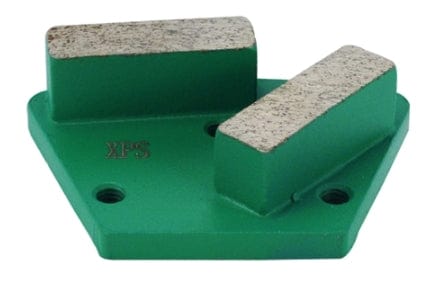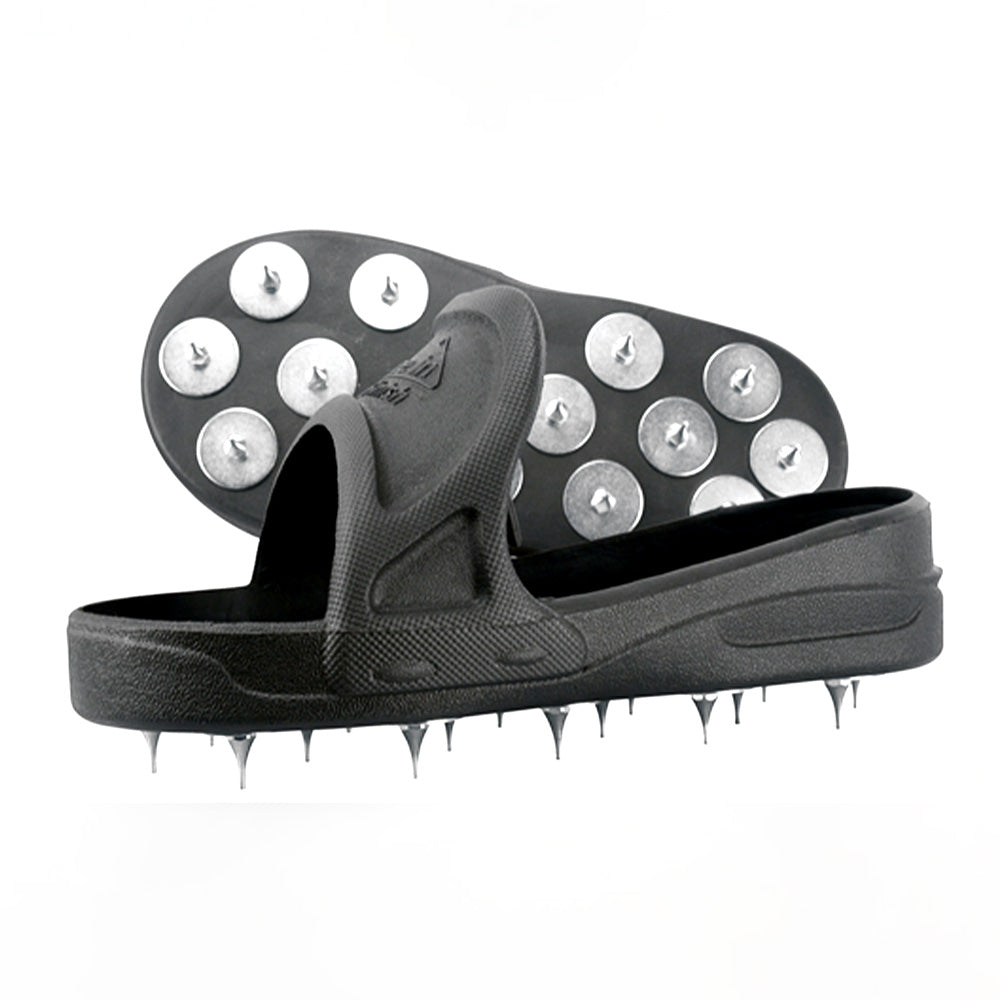What is a Concrete Grinder?
A concrete grinder is a machine designed to grind, smooth, and polish rough concrete surfaces. Using diamond grinding attachments or abrasive pads, these machines can remove old coatings, adhesives, paint, and surface imperfections. They are widely used to:
- Prepare concrete surfaces for epoxy or sealers
- Level uneven slabs or high spots
- Polish concrete for a glossy, decorative finish
- Remove glue, paint, or other contaminants
Essentially, concrete grinders allow you to transform rough, damaged, or unfinished concrete into a clean, durable, and visually appealing surface.
How Does a Grinder for Concrete Work?
At the heart of every concrete grinder are rotating attachments—diamond blades, grinding pads, or discs. These attachments grind down the concrete in layers, starting with a coarse grit for heavy removal and progressing to finer grits for honing and polishing.

Here’s a breakdown of the process:
- Initial Grinding: Use coarse grit diamonds to remove rough spots, coatings, or adhesives.
- Smoothing: Switch to medium grit to level the surface and remove visible scratches.
- Polishing: Use finer grits to create a smooth, reflective finish.
To operate a grinder for concrete effectively:
- Ensure you have the correct power supply (many machines require more than standard household voltage).
- Connect the grinder to a vacuum system to minimize harmful dust.
- Wear safety gear: goggles, ear protection, dust mask, gloves, and steel-toe boots.
- Move the grinder in steady, overlapping passes to ensure an even finish.
Types of Concrete Grinders
Choosing the right machine depends on your project size and goals. Here are the main types of concrete grinders:

- Handheld Concrete Grinders – Best for small areas, corners, edges, and detail work.
- Walk-Behind Concrete Grinders – Designed for large spaces; efficient for leveling and coating removal.
- Planetary Grinders – Equipped with multiple rotating heads, ideal for polishing and achieving a uniform finish.
- Wet vs. Dry Grinders – Wet grinders use water to cool the grinding surface and control dust, while dry grinders are more common for heavy-duty outdoor projects.
- Scarifiers – Specialized machines for aggressive material removal and surface profiling.
Each grinder type has its strengths. Handheld grinders offer precision, while walk-behind and planetary models are better for large commercial projects.
Want to dive deeper into the differences between wet grinding vs. dry grinding and polishing? 👉 [Click here to read more.]
Common Uses of Concrete Grinders
Concrete grinders aren’t just for one task, they’re versatile tools used in a variety of applications:
- Surface Preparation: Remove old coatings, glue, paint, or sealers before applying new flooring.
- Polishing: Achieve a shiny, decorative surface that’s both low-maintenance and stylish.
- Leveling: Eliminate uneven slabs, trip hazards, or high spots.
- Repairs: Prepare surfaces for overlays, patching, or refinishing.
- Slip Resistance: Create textured finishes for safer, high-traffic areas.
Why You Need a Concrete Grinder
If you’re working on concrete, a grinder for concrete can make the difference between a subpar finish and professional results. Here’s four reasons why:

- Professional Results – Concrete grinders produce smooth, polished finishes that scrapers and chisels simply can’t match.
- Versatility – With the right attachments, a single grinder can handle polishing, leveling, and prep work.
- Efficiency – They save time compared to manual methods.
- Durability – Grinding ensures coatings, epoxies, and sealers bond strongly, extending floor life.
In short, whether you’re installing epoxy, polishing for aesthetics, or restoring old slabs, a concrete grinder ensures the job gets done faster and better.
Techniques for Effective Concrete Grinding
To achieve the best results with a grinder for concrete:
- Prep the Area – Remove furniture, debris, or obstacles. Clean the surface of oil, grease, or dirt.
- Inspect the Surface – Repair cracks or chips before grinding.
- Start Coarse, Finish Fine – Begin with a coarse diamond grit for heavy removal, then progress to finer grits for smooth polishing.
- Consistent Movement – Always move in overlapping passes to avoid uneven areas.
- Dust Control – Use a vacuum system to reduce silica dust, which can be hazardous.
Finishing with a sealant will help protect the concrete and maintain its polished appearance.
Safety Tips for Using Concrete Grinders
Operating a grinder for concrete requires strict attention to safety:
- PPE is non-negotiable – Always wear goggles, respirators, hearing protection, gloves, and steel-toed boots.
- Ventilation – Work in a well-ventilated space or use dust extraction systems.
- Machine Checks – Inspect the grinder for worn pads, loose parts, or electrical issues before each use.
- Safe Operation – Keep both hands on the grinder, stand to the side when starting, and never bypass safety features.
- Clear Work Zones – Make sure no one else is close by while operating the machine.
By following these practices, you’ll protect yourself from dust exposure, noise hazards, and accidental injuries.
Maintenance and Care of Concrete Grinders
Like any machine, proper care extends the lifespan and performance of concrete grinders:

- Daily Checks – Inspect grinding wheels and pads for wear. Replace when needed.
- Lubrication – Keep moving parts oiled per manufacturer recommendations.
- Cleaning – After every use, clean the grinder to prevent dust buildup.
- Troubleshooting – If you notice vibration or uneven grinding, check the pads for wear or improper installation.
- Storage – Keep the grinder in a clean, dry place. Use a cover to protect it from dust and damage.
Regular maintenance ensures your grinder for concrete is always ready for the next project.
Final Thoughts
A concrete grinder isn’t just another construction tool—it’s an investment in quality, efficiency, and professional results. From preparing surfaces for epoxy coatings to polishing concrete for a modern, glossy look, concrete grinders provide unmatched versatility.
Whether you’re a contractor handling large commercial spaces or a homeowner tackling a garage floor, understanding how these machines work, the types available, and the techniques required will help you achieve flawless outcomes.
With the right grinder for concrete, safety practices, and proper maintenance, you’ll be equipped to handle any concrete surface with confidence.
